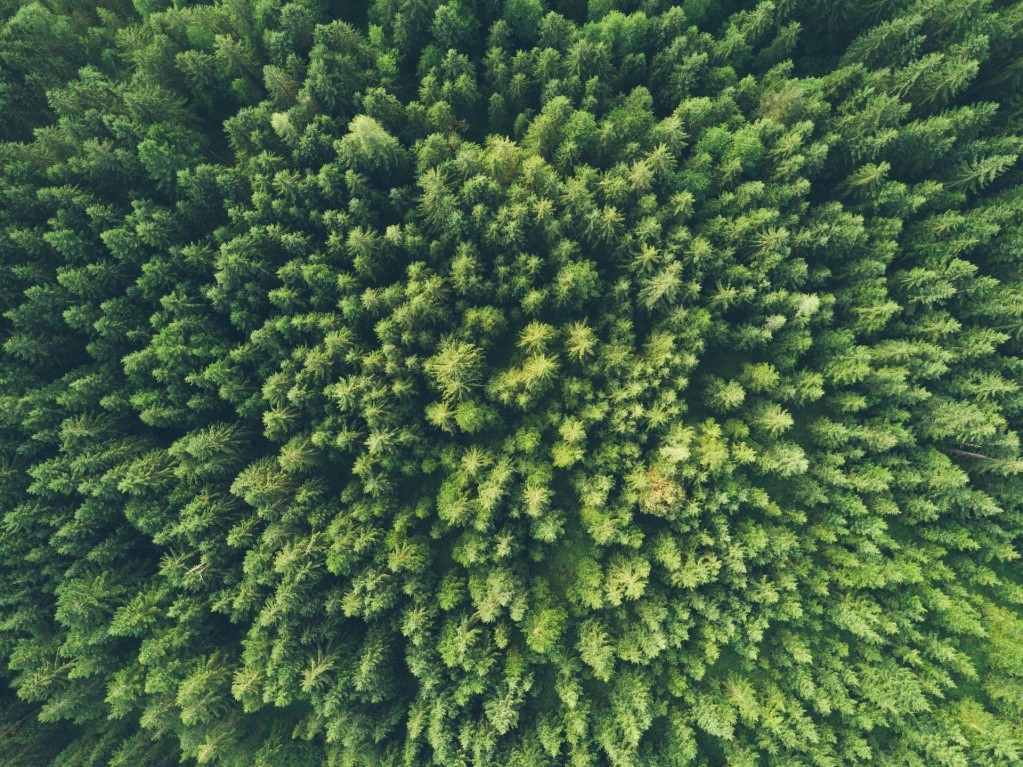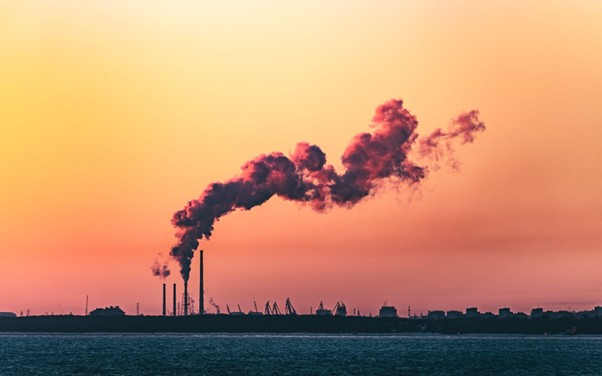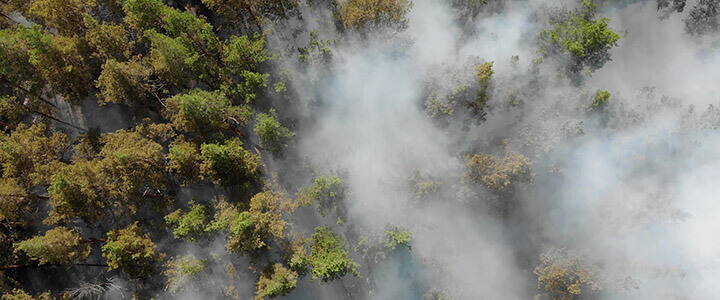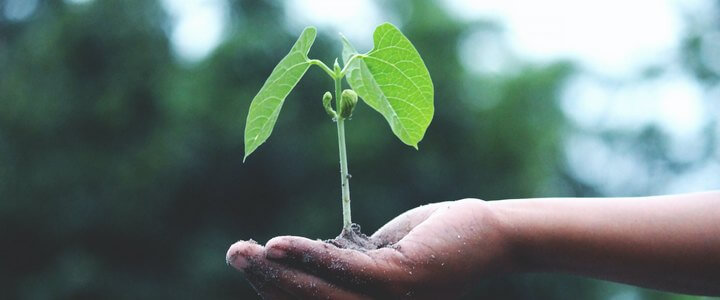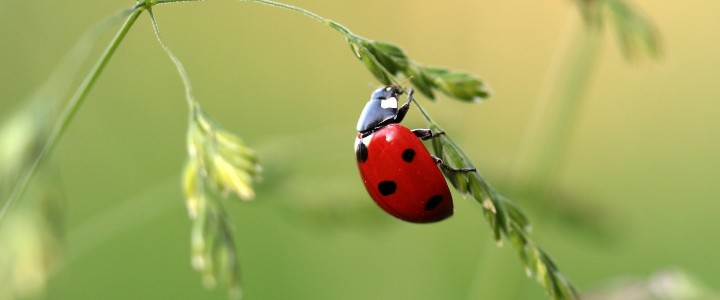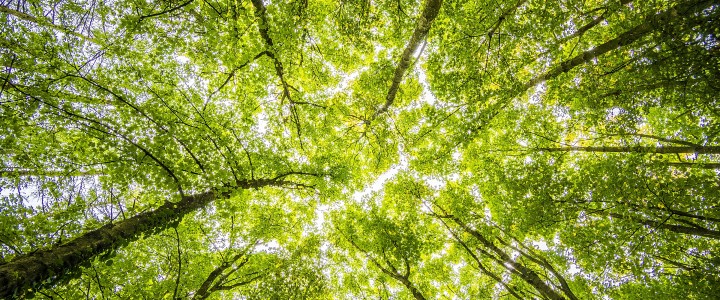How Climate Change Could Increase Disease Outbreaks

Humanity has made some progress over the last few years turning climate change into a mainstream issue. But as we dig deeper into this story, we keep finding new ways we’ve underestimated its impact on planet earth and human health.
The Implications of More Rainfall
Climate change means rising water temperatures in lakes, ponds, streams and reservoirs. In addition, warns the Union of Concerned Scientists, for every 1º Fahrenheit of temperature increase, we can expect the atmosphere to hold about 4 percent more water. This could have a disastrous ripple effect involving natural disasters and the availability of potable water.
More water in the atmosphere means less snowfall and more rainfall in many parts of the world. This greatly raises the likelihood of flooding and worsens the effects of water runoff. In other parts of the world, residents will instead see less, rather than more, rainfall — a situation scientists expect to manifest in worsening drought conditions. Here are some of the implications of droughts:
- Increased runoff means more pollutants and sediments washing into our waterways, including herbicides, pesticides, pathogens and heavy metals.
- A higher likelihood of drought in already-parched areas means more widespread malnutrition.
- Rising temperatures in lakes, streams and reservoirs mean less oxygen in the water and more pressure on crustaceans, insects and fish.
Expect these disruptions in the food chain to have long-lasting effects, especially in poorer parts of the world. Rodent populations tend to explode in areas where higher animals compete for scarcer food supplies. With a higher rodent population comes a greater risk of communicable diseases, such as Ebola and hantavirus.
Flooding has a host of physiological and psychological impacts of its own:
In a meta-study of 56 scientific papers, researchers discovered an observable connection between flooding events and cases of PTSD, anxiety, sleep disorders and other lasting psychological traumas. And floods are just as likely to affect the body, bringing a greater likelihood of chronic and communicable diseases (including cholera, measles and others), myocardial infarction and malnutrition borne of dwindling or contaminated food supplies.
Pests and Disease-Carriers Get a Boost
In 1999, seven residents of New York City died of West Nile Virus. And in 2014, 12 residents of Florida came down with chikungunya. What both of these stories have in common is that the diseases aren’t native to the States, but to East Africa, and are both carried by mosquitoes. Although you can find mosquitoes all over the world, you can’t say the same for all of the diseases they’re known to carry.
Expect climate change to increase the number and threat profile of disease-carrying pests, including mosquitoes. Before 1999, nobody in NYC had reported contracting West Nile Virus. The same holds true for chikungunya prior to 2014.
Scientists attribute this redistribution of pest-borne illnesses to changes in rainfall patterns and longer warm-and-moist seasons. The longer our warmer seasons become, the wider the geographical area mosquitoes can reach before their numbers plummet again.
This phenomenon is not limited to mosquitoes. Scientists expect other ‘vector-based’ (transmitted by insects and other agents) diseases such as Lyme disease and dengue fever to become more common as well. We don’t have vaccines for these conditions, which makes them even more worrying.
In the case of Lyme disease, scientists note that around 400 counties in the U.S., as well as portions of Canada, are ‘newly suitable’ for habitation by deer ticks and other tick species, indicating a far wider-ranging habitat than in past decades.
Medieval Diseases Get a Second Wind
There is yet another health-related consequence of climate change — and until it became an observable reality, it sounded like science fiction. As global temperatures rise, scientists warn of melting ice and permafrost, some of which carries dormant diseases that humanity banished (or thought we did) long ago.
In 2016, scientists stationed in Siberia came across a freshly unearthed reindeer carcass containing anthrax spores. The spores infected multiple people. Scientists have also found traces of smallpox and Spanish influenza in Siberia and Alaska: two other grave threats that should be long behind us, but which are now stirring anew thanks to rising temperatures and melting ice.
Higher global temperatures and the associated drop in water quality present a practical problem in addition to the many health-related ones mentioned here. Higher levels of natural and synthetic contamination in our water supplies mean a higher demand for purification technologies — most of which use a considerable amount of energy.
This merely fuels the destructive cycle of climate change by further increasing our output of greenhouse gases. Desalination is one short-term fix for a lack of potable water throughout the world, but this process, too, is extremely costly, energy-wise.
To call climate change ‘global warming’ is dangerously reductive. As we’ve seen, the implications of this anthropogenic shift in our planet’s patterns are as varied as they are worrying.
Bio
Emily Folk is a conservation and sustainability freelance writer and blogger from Lancaster, PA. Check out her blog, Conservation Folks, or follow her on Twitter for the latest updates.

